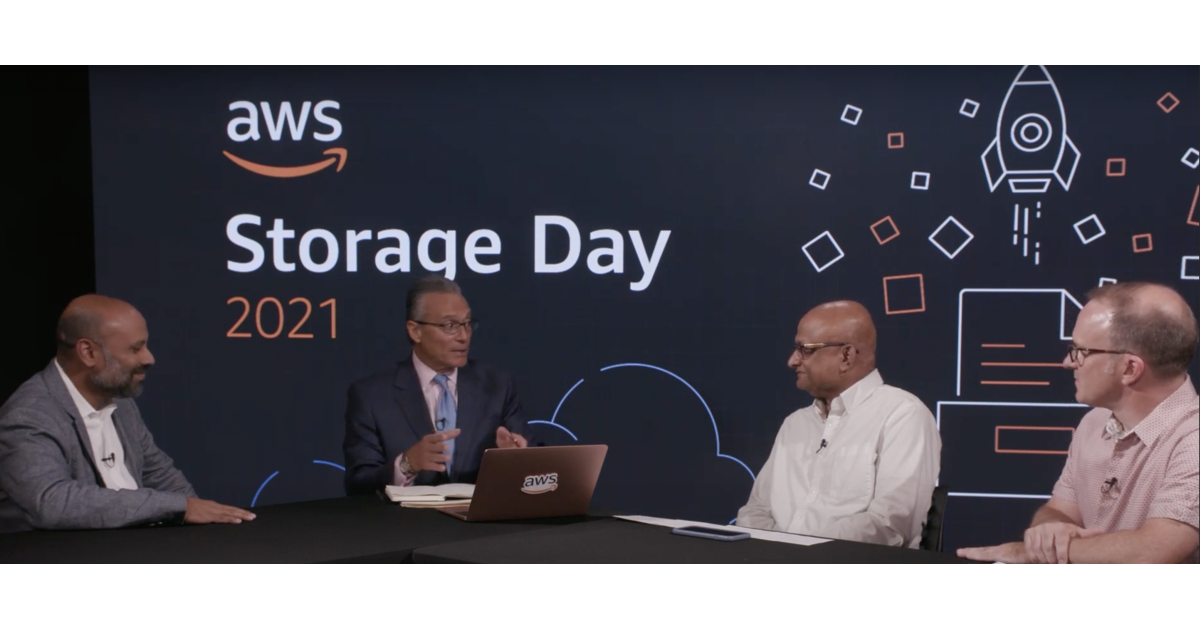 BIG DATA
BIG DATA
 BIG DATA
BIG DATA
 BIG DATA
BIG DATA
While organizations are increasingly embracing the value of cloud and hybrid cloud infrastructures for data management, storage and analysis, a few are reticent to make the big bold move of migrating their data over to the cloud.
“We still see many customers that are evaluating how to do their cloud migration strategies and they’re looking for, you know, understanding what services can help them with those migrations,” said Mat Mathews (pictured, left), general manager of Transfer Service at Amazon Web Services Inc..
Mathews; Siddhartha Roy (pictured, second from right), general manager of Snow Family at AWS; and Randy Boutin (pictured, right), GM of DataSync at AWS, spoke with Dave Vellante, host of theCUBE, SiliconANGLE Media’s livestreaming studio, during the AWS Storage Day event. They discussed the current state of enterprise cloud migration from an inside perspective. (* Disclosure below.)
Several data pointers clearly signal a clear shift in favor of cloud storage over conventional on-prem solutions. However, moving petabytes of data at a time can often seem daunting (or even expensive) for some organizations. Where do they start? What cloud provider is best suited for their needs? These are the sort of questions that often make the rounds, according to the executive panel.
“I’d recommend customers look at their cool and cold data. If they look at their backups and archives and they have not been used for long, it doesn’t make sense to keep them on-prem. Look at how you can move those and migrate those first and then slowly work your way up into, like, warm data and then hot data,” Roy stated.
Through its compelling cost savings to customers, long-standing durability record, and unwavering flexibility, AWS has proven itself time and again as the de-facto industry option in cloud storage services, according to the panel.
How do AWS customers figure out which services to use? It comes down to a combination of things, according to Boutin.
“First is the amount of available bandwidth that you have, the amount of data that you’re looking to move, and the timeframe you have in which to do that,” he said. “So if you have a high speed, say, gigabit network, you can move data very quickly using DataSync. If you have a slower network or perhaps you don’t want to utilize your existing network for this purpose, then the Snow Family of products makes a lot of sense.”
Watch the complete video interview below, and be sure to check out more of SiliconANGLE’s and theCUBE’s coverage of the AWS Storage Day event. (* Disclosure: TheCUBE is a paid media partner for the AWS Storage Day. Neither Amazon Web Services Inc., the sponsor of theCUBE’s event coverage, nor other sponsors have editorial control over content on theCUBE or SiliconANGLE.)
THANK YOU